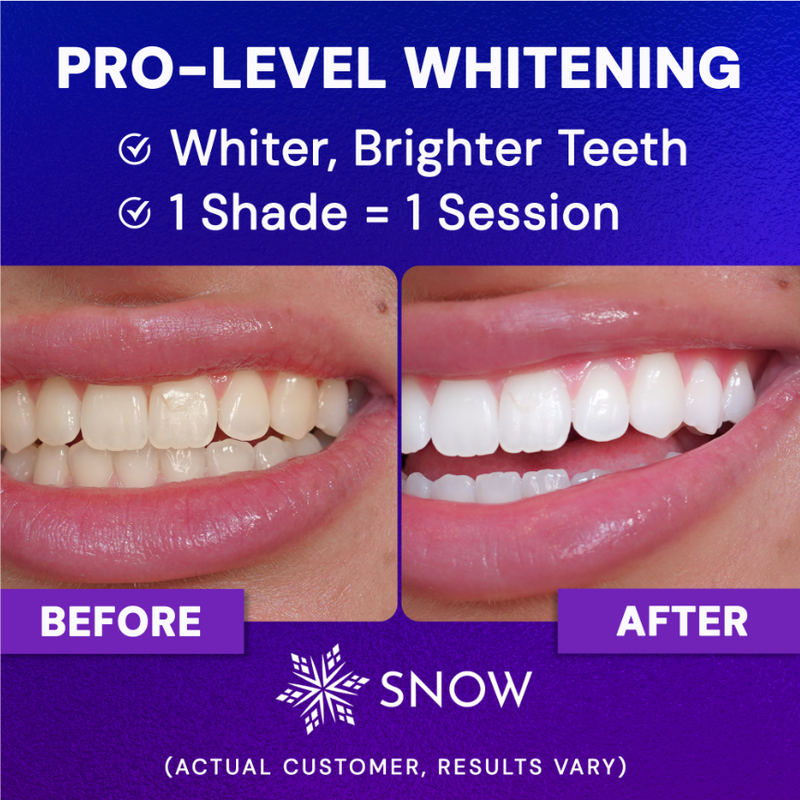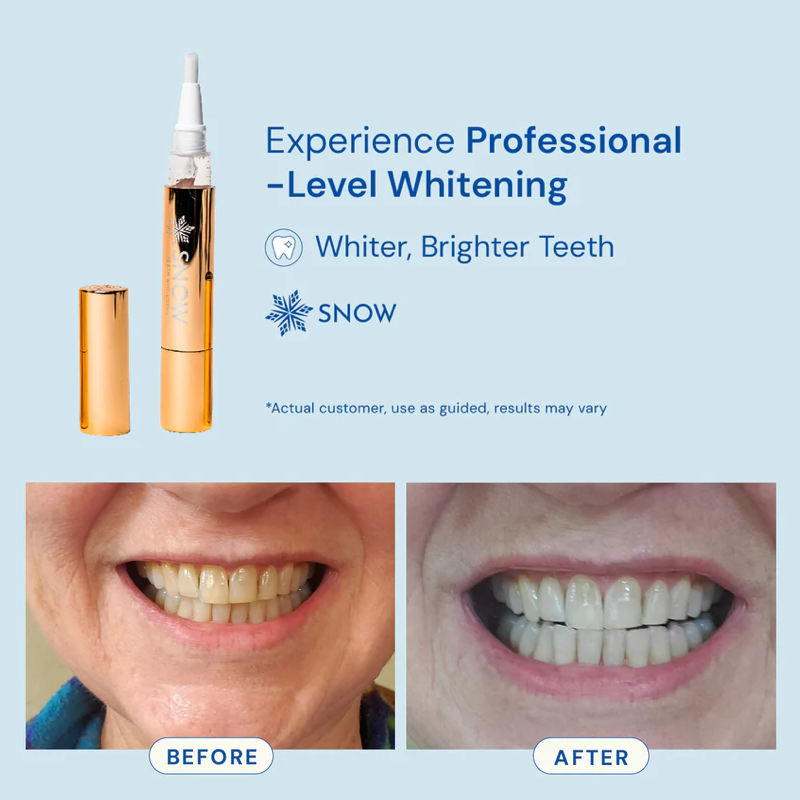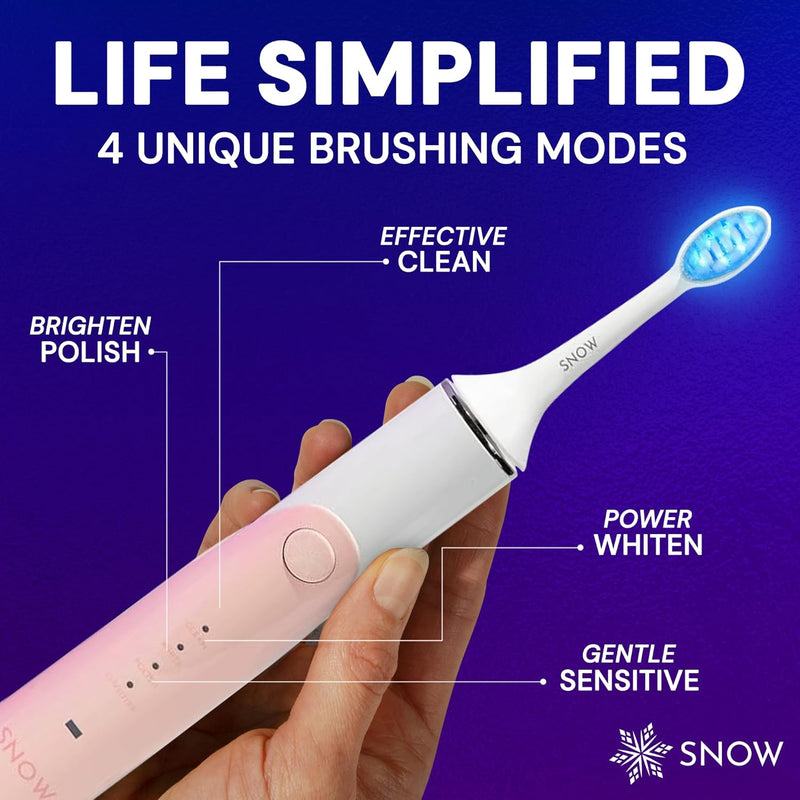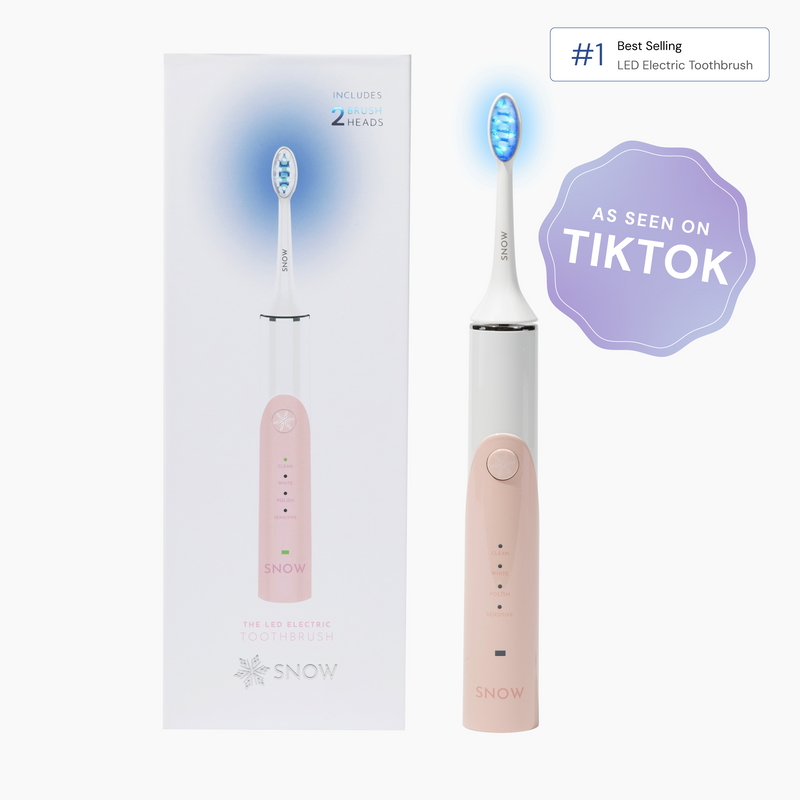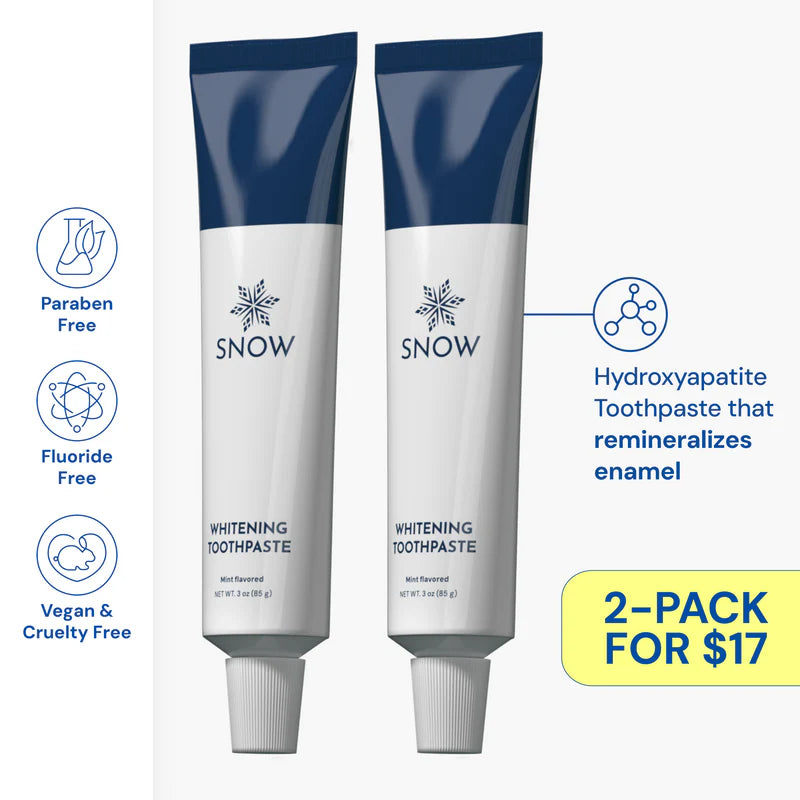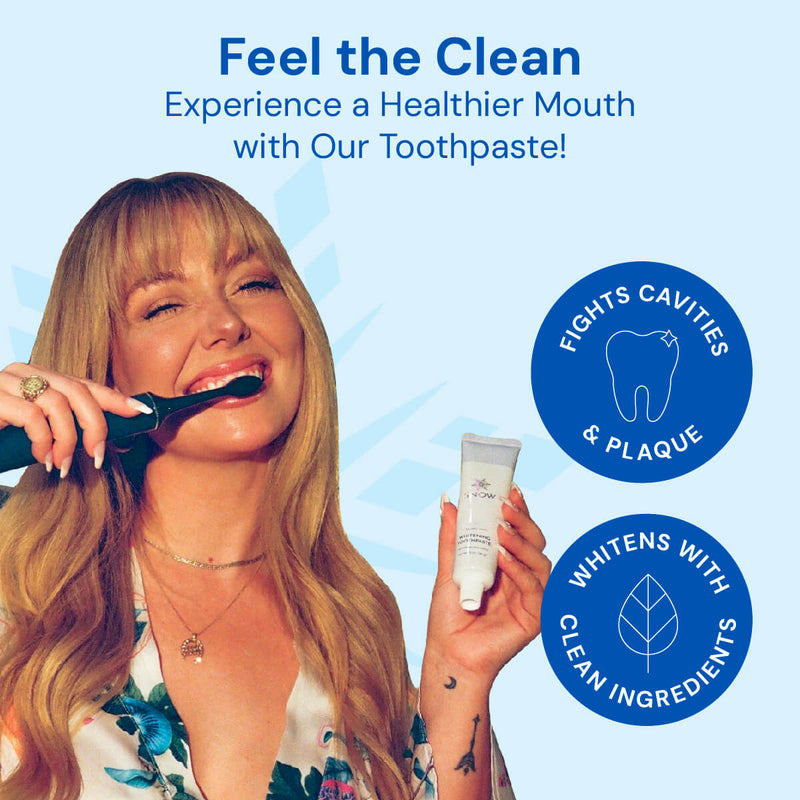Malocclusion is also known as irregular contact between the upper and lower teeth, or a poor bite. It can cause significant oral health issues and hinders tooth function. Teeth should fit in the mouth without gaps or crowding. Malocclusion has the following traits:
- Teeth gaps
- Teeth crowding
- Rotated teeth
- Teeth that don’t fit into a normal bite
The cusp tips of upper jaw teeth should fit lower jaw grooves. Misaligned teeth may cause dental problems that include jaw pain or irregular tooth wear.
Teeth alignment may fix the problem and prevent normal chewing.
Malocclusion is mainly inherited, but oral habits or conditions can change jaw structure. These include childhood thumb-sucking and prolonged bottle feeding. This article discusses open bite malocclusion.
WHAT IS AN OPEN BITE?
An open bite is a rare malocclusion or misalignment that affects roughly 20% of the population in the United States.
When both the upper and the lower front teeth slant outward, they don’t touch when the mouth is closed. Open bite occurs in the front of the mouth, or an anterior open bite or the back of the mouth, also known as a posterior open bite.
THE CAUSES OF AN OPEN BITE
The underlying reasons for an open bite are generally skeletal (skeletal open bite) or dental in nature (dental open bite), such as:
FACTORS OF DEVELOPMENT AND GENETICS
Children might suffer temporary open bites when baby teeth fall out, and permanent teeth begin to erupt through the gums. This sort of open bite typically heals on its own.
On the other hand, more intricate open bites may develop if the child inherits bone defects that influence jaw growth. Problems can also be caused by genetic factors that also prevent teeth from fully emerging.
BEHAVIORAL FACTORS AND DENTAL HABITS
If an open bite does not result from heredity, it might result from poor dental hygiene. The following behaviors and other dental practices can lead to an open bite:
- Sucking one's thumb
- Lower lip sucking
- Breathing via the mouth
- Excessive usage of pacifiers and bottles
- Tongue thrusting (When you push the tongue up against your front teeth)
Babies have the instinct to suck, but they usually stop by about age two or three. If a child continues they can develop this type of malocclusion because of excessive thumb sucking. In that case, the condition can be reversed if the child's adult teeth have not yet grown and skeletal growth has not yet been completed.
JAW INJURIES
Traumatic injuries causing jaw misalignment can result in a variety of bite malocclusions, including an open bite.

WHAT SYMPTOMS INDICATE AN OPEN BITE?
An open bite is most visible when you cannot completely close your mouth because your front or back teeth do not touch on the top and bottom.
Other indications that you may have an open bite or similar malocclusion:
- Inability to touch upper and lower teeth
- Chewing and swallowing difficulties
- A less prominent chin
- Speech difficulties, such as a lisp
- Incorrect tooth alignment
- Biting or chewing causes pain.
- Front teeth have difficulty chewing food.
- Unappealing smile
TYPES OF OPEN BITE
An open bite can refer to a variety of malocclusions. Open bites are classified according to their location and etiology.
The following are examples of open bites:
ANTERIOR OPEN BITE
An anterior open bite develops when the upper and the lower front teeth don’t overlap.
It might involve all of the front teeth or only a few of them. Treatment is usually required when individuals are unable or have difficulty breaking food with the front teeth. Some patients may find it difficult to speak.
Treatment can help reduce speech issues, but it’s not guaranteed. The reason for this is because speech is formed in early childhood and treatment may not be feasible if the adult teeth have already developed.
POSTERIOR OPEN BITE
An anterior open bite is the inverse of a posterior open bite. A posterior open bite happens when the rear teeth, including the molars as well as premolars, do not come into contact during biting down.
The rear teeth in the upper jaw should be somewhat on the outside of the lower jaw in a normal bite.
Open bite treatment is frequently required because individuals are unable to chew correctly when the back teeth don’t touch.
SKELETAL OPEN BITE VS DENTAL OPEN BITE
An impediment causes a dental open bite to tooth eruption. In contrast, a skeletal open bite is caused by abnormal facial growth.
This can include molars that develop irregularly or jawbones growing apart.
IS AN OPEN BITE HARMFUL TO YOUR TEETH?
Yes. An open bite can lead to problems with your teeth, jaw, and overall mouth health, not to mention an unattractive smile.
An open bite, for example, worsens over time, increasing the risk of gum disease and excessive wear and tear on the load-bearing teeth.
Other issues related to open bite malocclusion:
- Speech difficulties, such as a lisp
- Insecurity/embarrassment about your smile
- Chewing or biting issues or discomfort
- Temporomandibular joint disorder (TMD)
- Ear and head pains
- Sleeping problems
- Snoring
- Periodontal and gum disease
- Tooth decay caused by increased bacterial growth
- Digestive problems caused by chewing difficulties
Because of these complications, it is critical to treat an open bite as soon as possible. When the front adult teeth have fully erupted, children with an open bite should have an orthodontic evaluation. The American Association of Orthodontists recommends that all children see an orthodontist by age seven.
Adults, too, can benefit from braces or Invisalign treatment from a skilled, licensed orthodontist. It is always possible to fix dental problems and straighten your teeth.
HOW IS AN OPEN BITE TREATED?
Babies frequently suffer from open bites. You will likely see your child having this issue throughout the mixed child/adult teeth age. This is primarily why the main dentition falls out to make way for permanent teeth. However, unless the malocclusion is inherited, the condition in the youngster may be corrected as soon as the permanent teeth sprout.
For example, once the youngster has grown out of these oral habits that may have caused the malocclusion, the condition will readily repair itself. The following are some treatment options for malocclusion.
HEADGEAR
A high-pull helmet is the most common form of headgear. The headgear is attached to the head's top and lower sides. To correct the problem, the device controls jaw development, and teeth alignment results as part of the procedure. To be totally effective, the headgear is usually worn in conjunction with braces.
CLEAR ALIGNERS
Invisalign can sometimes correct an open bite, but it’s not a predictable solution. These aligners are well-known as Invisalign, a potential method for correcting minor open bite of the front teeth. However, the use of transparent aligners is rare.
CHIN CUP VERTICAL
This device is commonly used in orthodontics to address this malocclusion. This look is achieved by regulating the development of the lower regions of the face. It must obstruct the chin's downward as well as the backward development to be effective.
ROLLERS
These appliances are usually used in orthodontics to avoid problems. The roller prevents the tongue from pressing on the front teeth. If this oral activity begins at a young age, it is more likely to result in malocclusion. Tongue thrusting also produces front teeth protrusion, commonly known as over-jet. This device consists of a small bead. This bead helps to strengthen the tongue muscles. The roller is also linked to braces worn on the upper teeth.
BITE BLOCKS
Your orthodontist will use a biting block for the rear of your lower teeth. They will insert the clock on each side of the jaw's rear teeth. This technique will eventually allow the front teeth to become overlapped. However, this is a time-consuming technique.
JAW SURGERY
An orthognathic surgeon will conduct a surgical jaw surgery on your jaws if you have a skeletal open bite condition. If you have acquired permanent teeth, your surgeon or an orthodontic specialist will recommend this operation. The orthodontic treatment is also an excellent option for youngsters who have completely developed their permanent teeth.
However, if done before the child's jaws are developed, the open bite treatment impedes the formation of permanent teeth.
VENEERS
Veneers are aesthetic enhancements that are frequently employed when the malocclusion is modest. A veneer is either a ceramic or composite material restoration custom-made by lab technicians. The restorations are placed once your teeth have been gently shaped. Veneers may also be an excellent solution for minor open bite that’s barely visible.
BEHAVIOR MODIFICATION
This might be the most appropriate answer for your youngster. It entails teaching your child to avoid sucking their thumbs or putting their tongues between their front teeth. Behavior modification can also be utilized to treat minor or emergent malocclusions. As a parent, you may also not use pacifiers or sucking bottlers for a lengthy period. It is also an excellent method for closing an open bite without the need for braces.
BLUEGRASS APPLIANCES
This appliance looks a lot like Nance appliances. It does, however, have some plastic rollers that a patient can employ to stop the tongue-thrusting behavior.
ELASTICS
If you have an anterior dental open bite form of malocclusion, your dentist, orthodontist, or doctor would likely advise you to use elastics to treat it. These elastics are available in vertical chin cups and triangular pre-configurations.
TONGUE CRIB THERAPY
This is a detachable crib that your orthodontist will place in your mouth to keep your tongue thrust from pressing against your top teeth. Dentists commonly use it for people with mixed and permanent teeth dentition.
Possible Side Effects of Open Bite Treatments
Following a malocclusion repair operation, you may have adverse effects. These negative effects are generally unique to the technique, but some may be widespread in all treatments.
Some of the most frequent adverse effects you may encounter are:
-
If your orthodontist or pediatric dentistry recommended tongue crib therapy, you will most likely discover that the device traps food. This creates irritation in the region where the crib is located. Patients may notice an impression of the tongue crib on the tongue due to repeated contact. This will, however, resolve itself when the crib is removed.
-
A patient may also have a gummy-type smile. This is especially true if there is an extrusion of the front or posterior teeth. This state is likewise not desirable because the therapeutic aims were the reverse.
HOW MUCH DOES IT COST TO TREAT AN OPEN BITE?
The cost of this malocclusion open bite treatment will vary depending on the procedure and its extent. The average price of treating malocclusion is between $2,500 - $7,000 and up. This fee will cover the open bite treatment, lasting between 18 and 30 months.
CONCLUSION
It is usually best to treat an open bite after permanent teeth are grown in. Most orthodontists advocate for a child's dental evaluation to begin as soon as possible. This is especially beneficial if the child still has some of their baby teeth. At this age, orthodontic procedures are used to prevent the problem. These include behavioral changes, such as avoiding a sucking bottle and so on.
Working out this malocclusion in adults can be difficult. You may require behavioral modification, adult braces, and even surgery to correct the malocclusion.
FAQS
HOW COMMON IS AN OPEN BITE?
An open bite is a relatively uncommon dental issue in which the top and bottom teeth do not contact properly when the jaw bone is closed. It affects an estimated 0.6% of the population in the United States. Even difficult open bites can be effectively treated with orthodontic intervention by a skilled, certified orthodontist utilizing braces or Invisalign.
DOES AN OPEN BITE NECESSITATE SURGERY?
Only in extreme situations may an open bite necessitate oral surgery. It is usually correctable with common orthodontic interventions, like braces, appliances, or possibly Invisalign. Your orthodontist will do a thorough examination, including x-rays or 3D imaging, to examine your bite and identify the best treatment for you.
IS INVISALIGN EFFECTIVE FOR OPEN BITES?
Not usually. Invisalign can correct some minor open bites. But Invisalign is a type of orthodontic treatment that works best for straightening your teeth.
HOW DOES AN OPEN BITE HAPPEN?
An open bite is a type of orthodontic malocclusion, sometimes known as a "bad bite," in which the top and bottom teeth do not overlap and do not correctly contact when the jaw is closed, leaving a space between the top and bottom rows of teeth even when the mouth is closed.
Look in the mirror, bite down lightly, and smile to display your teeth while gazing straight at your reflection to see if you have an open bite. You most likely have an open bite if there is a gap between your top and bottom teeth. For a more thorough evaluation, see an orthodontist.
CAN THUMB-SUCKING WITH BABY TEETH CAUSE AN OPEN BITE?
Thumb-sucking is a prevalent cause of open bites. An open bite can be caused by any habit that shifts the teeth out of alignment over time, such as thumb-sucking, tongue-thrusting, or improper swallowing habits.
CAN AN OPEN BITE IN AN ADULT BE CORRECTED?
Absolutely! Skilled, qualified orthodontists can correct adults with open bites. Adult open-bite therapy might be complicated, but it can be successful if an expert orthodontist guides it.
Braces and Invisalign are both used by orthodontists to correct open bites in adults. Some orthodontists believe Invisalign is a good option for closing minor open bites while also being more pleasant for the patient.













































